6-Way 2-Bay NAS Round Up
We test the hottest new 2-Bay NAS to compare features and performance. These entry-level products allow you to access your data from around the world and secure your data with redundant disks.
Asustor AS3102T & QNAP TAS-268
Why you can trust Tom's Hardware
Asustor AS3102T
Asustor, a division of Asus, is the youngest NAS manufacturer in our group today. As such, the company is hungry. Asustor often prices its products aggressively, and they receive lengthy warranties and ship with more hardware features compared to similar products. Asustor's weakness is its software features. The company releases new software features each month, but its volume is lower than QNAP and Thecus. That said, Asustor has all of the basics covered, and most of the advanced features as well.
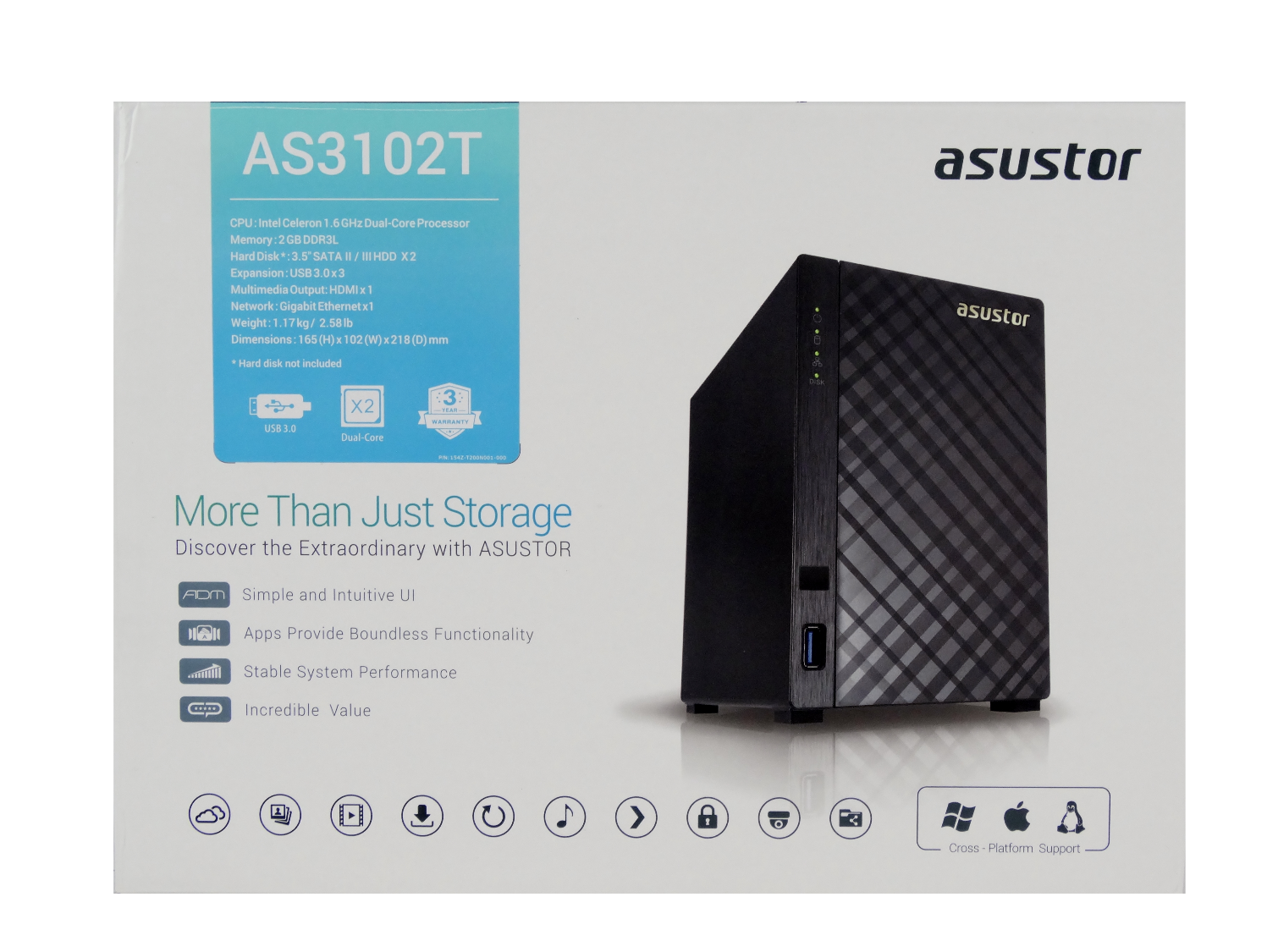


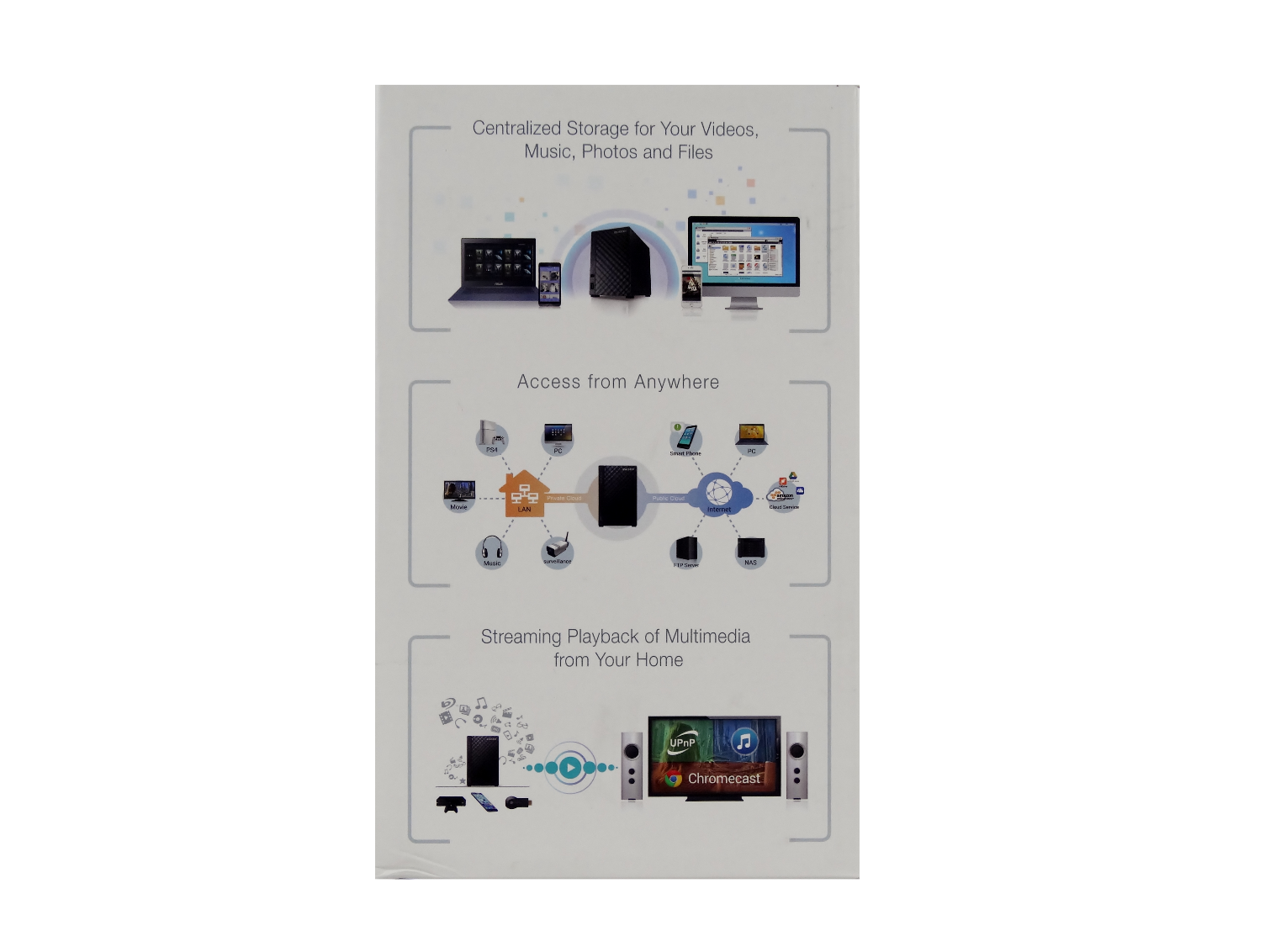
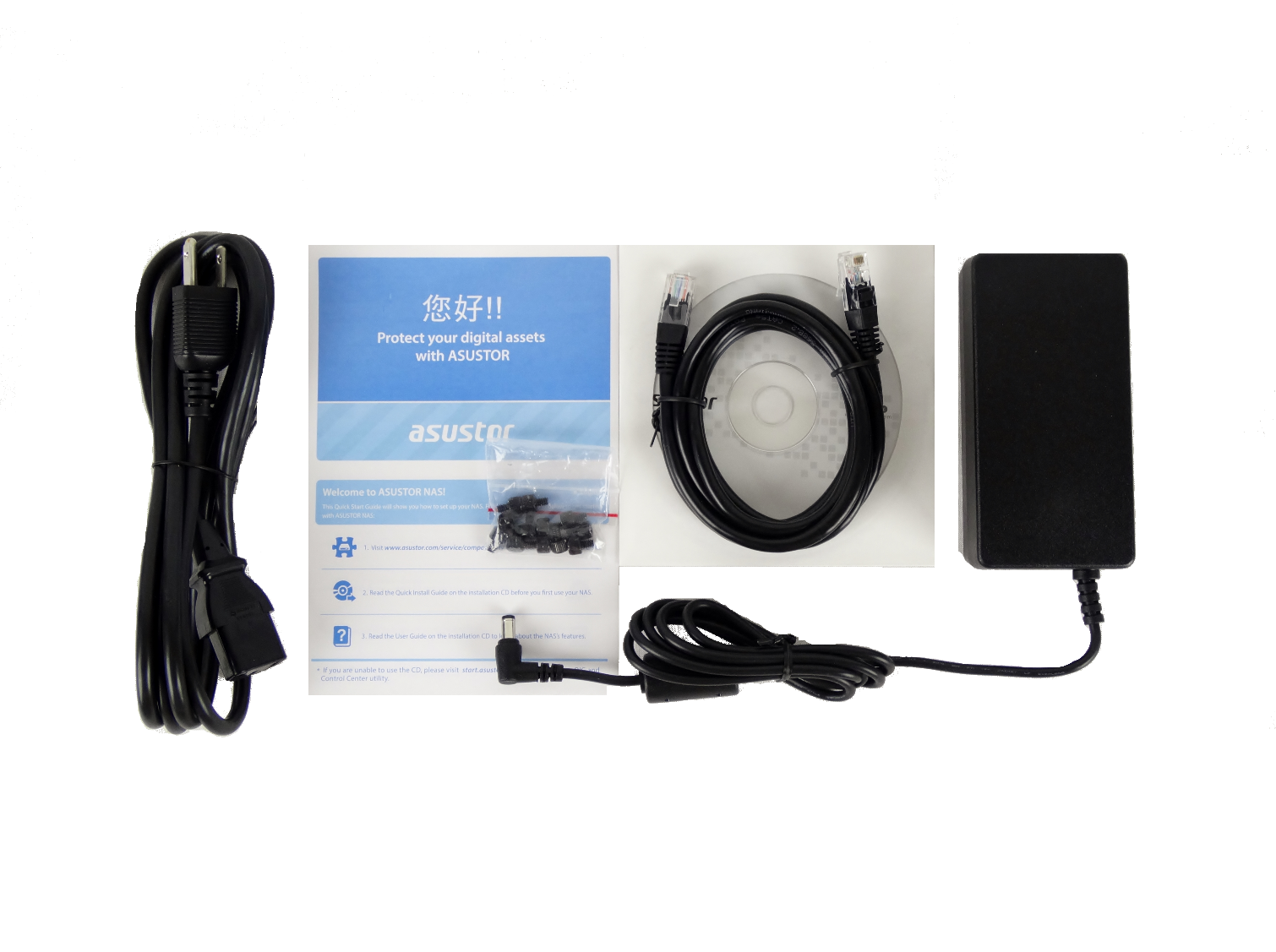
The Asustor AS3102T ships in a full-color retail-ready package. The kit includes an external power supply, Ethernet cable, screws for mounting 3.5-inch hard drives, power cable, paper quick start guide and an optical disk with additional manuals and software.


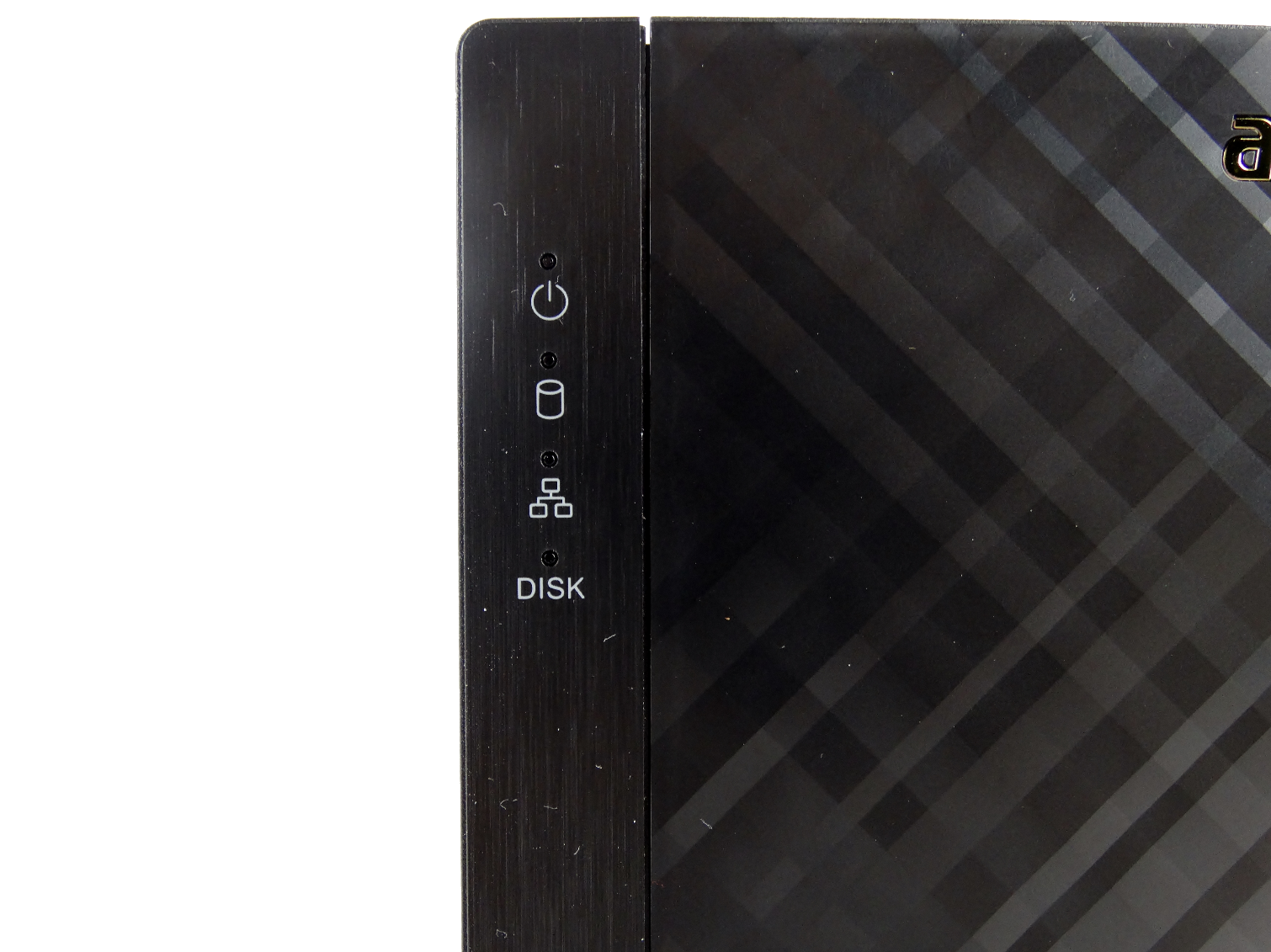




Asustor designed the AS3102T to sit in the open. The attractive (for a NAS) textured cover, and minimum LED lighting allows users to place the system in the living room next to a set-top box and Blu-Ray player. The single USB 3.0 port on the front is the only sign that the NAS is a computing device. The front of the system also has an infrared receiver for the optional remote controls, or users can just use the Android or iOS IP-based application.
Users can expand the system with other peripherals via the two additional USB 3.0 ports on the back. The system uses a single gigabit Ethernet port to connect to your wired network.
This system also comes equipped with an HDMI port. A menu that displays the video applications automatically appears when you connect the device to a TV. Asustor recently added Netflix, which accompanies existing applications that the user can select in the menu system. The standout feature here is Kodi, a media-focused application that has a cult following and thousands of users that contribute to building plugins that expand the feature set.
The system uses an Intel Braswell processor that is more powerful than the ARM-based processors found in many of the other systems in our roundup. Two gigabytes of system memory allow users to run more software applications simultaneously, and it also improves many of the core functions, such as DLNA multimedia distribution and file transfer performance.
QNAP TAS-268
QNAP leads the NAS industry in both software and hardware features. Over the last two years, the company has pushed the boundaries of commodity enterprise hardware with low-cost, mass manufactured systems that support features previously reserved to boutique builders of custom storage systems. The TAS-268 falls at the other end of the pricing spectrum, but the underlying software is nearly identical. QNAP's enterprise push has trickled enterprise features down to its low-cost Intel-based systems, but even some of the standard features are not available yet for the new ARM platform.
This system is the first from QNAP to use a new dual operating system feature. The underlying software is QNAP's QTS system that the company based on Linux with a custom, easy to use graphical interface. The HDMI display runs Google's Android operating system. The software already supports all of the features and additional software that you would expect with Android, including PlayStore for Android's full catalog. We found the Android software to be functional, but it was not as polished as we expected.
We also found the QNAP software to be lacking, which surprised us. QNAP did not include many of its staple offerings that it developed in year's past, but the list of applications has grown since we first started testing the device.
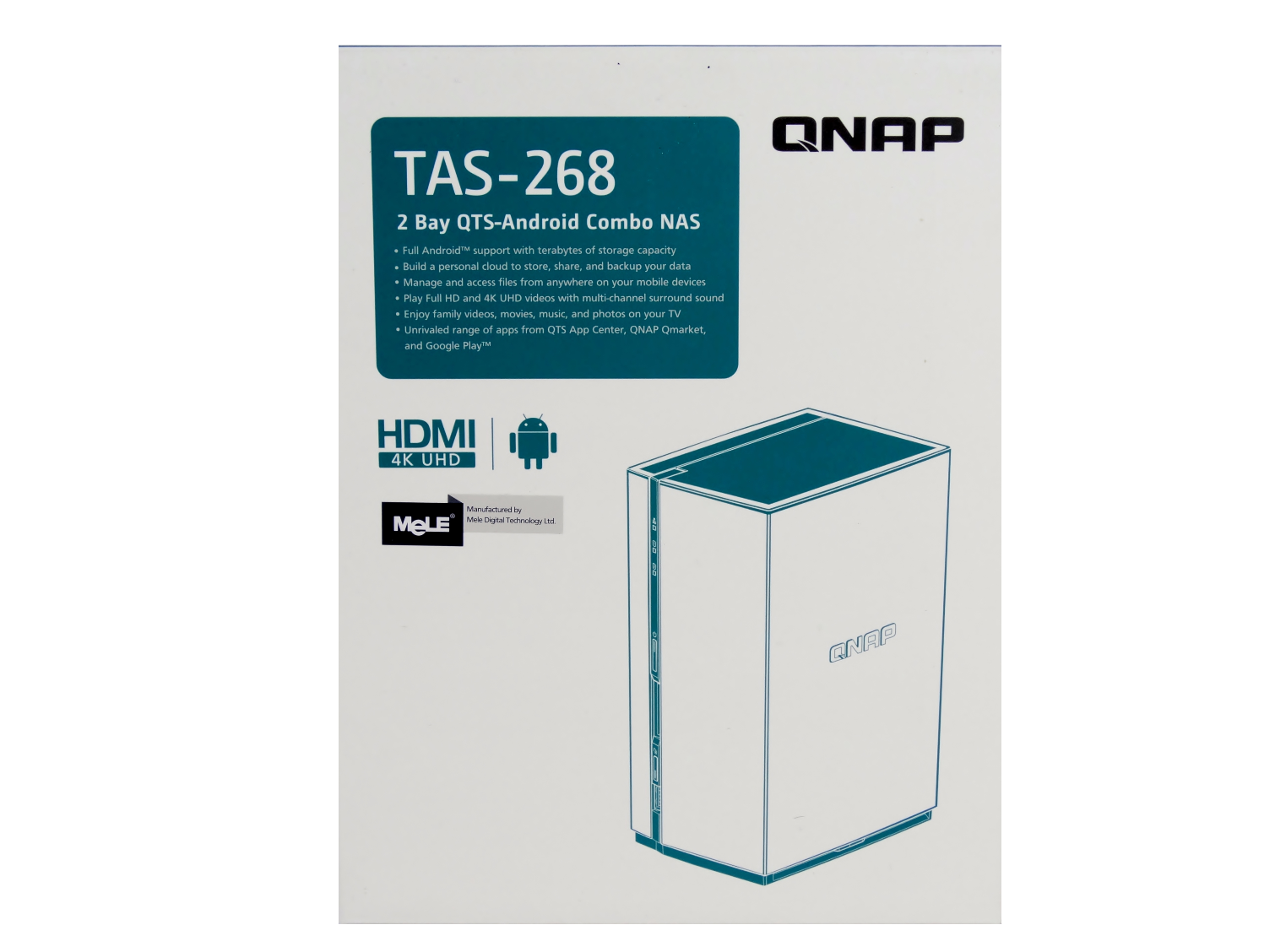




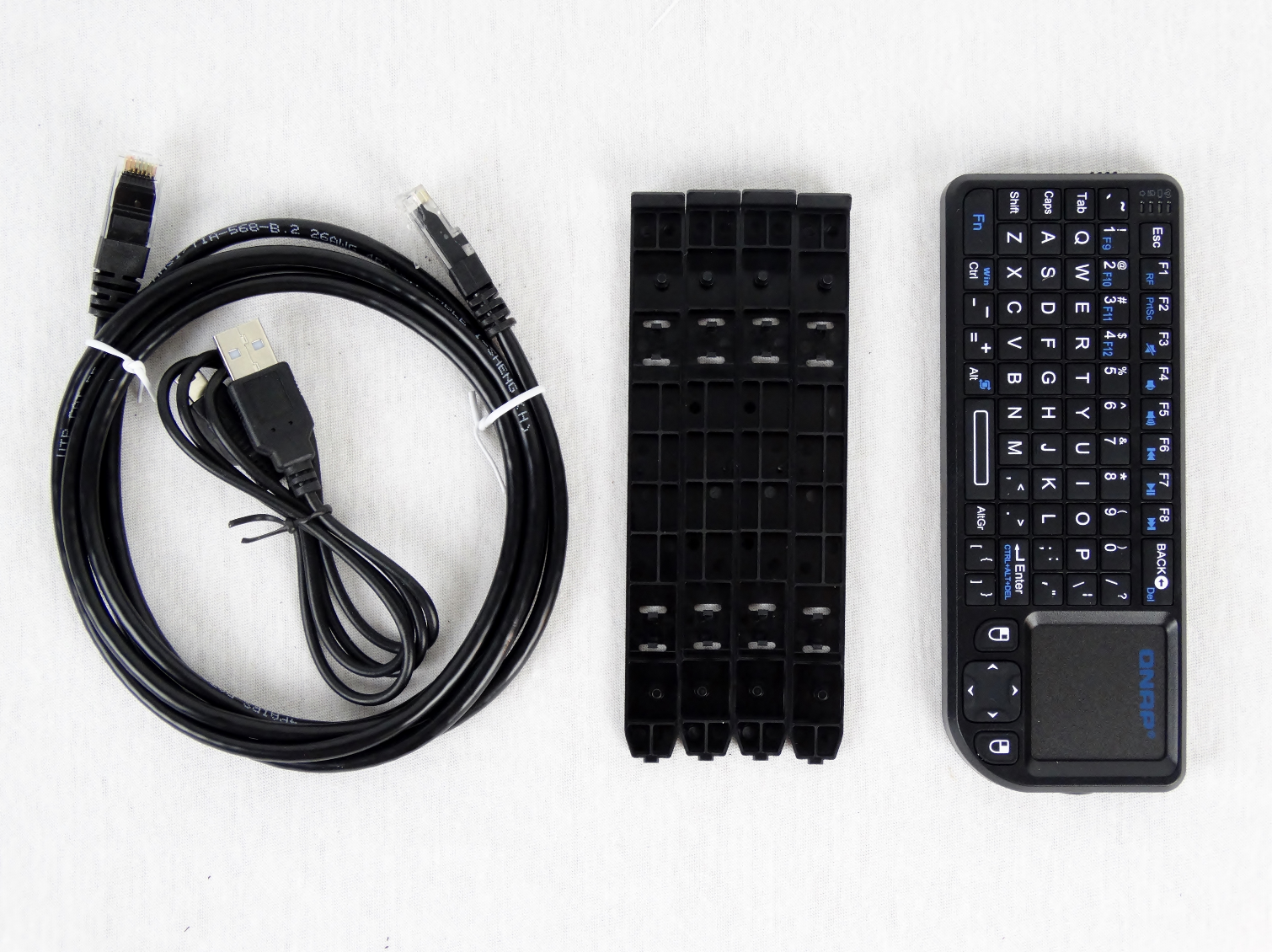
The QNAP TAS-268 system is the only product in our roundup to include a remote control. The remote includes a USB cable for charging and features a full QWERTY keyboard. Other accessories include an external power supply and paper quick launch guide. The TAS-286 uses a tool-less design for the removable cover and hard drive bays.


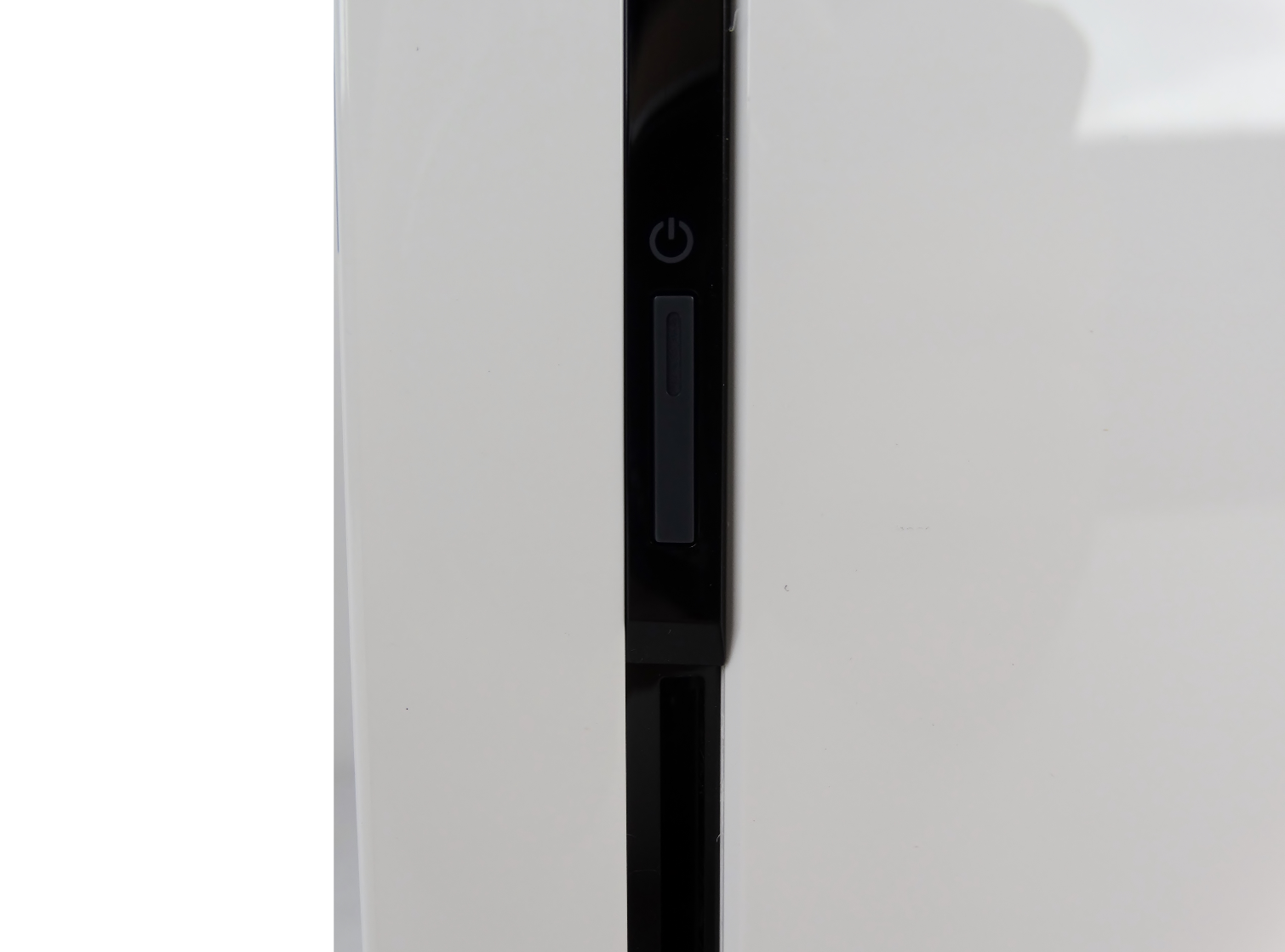




The QNAP brand has been synonymous with build quality, but don't expect too much from this low-cost system. The piano black and white finish is probably the best way to display plastic. That said, its rare to see any QNAP system covered in plastic.
QNAP also designed the TAS-268 to sit in the open. The system features a single USB 3.0 port on the front for quick access to thumb drives or for charging cell phones and tablets. We found four USB 2.0 ports for additional expansion on the back of the system, as well as the HDMI port for multimedia functions. A single gigabit Ethernet port connects the system to your wired network.
The TAS-268 uses an ARM v7 dual-core processor with two gigabytes of system memory. The combination is powerful, but it does not deliver the same smooth user experience that we found with the Intel-powered systems. QNAP advertises the HDMI display as 4K compatible, but it only provides up to 15 frames per second with H.264 and 30 frames per second with H.265.
Current page: Asustor AS3102T & QNAP TAS-268
Prev Page Introduction Next Page Synology DS216j & DS216+Get Tom's Hardware's best news and in-depth reviews, straight to your inbox.

Chris Ramseyer was a senior contributing editor for Tom's Hardware. He tested and reviewed consumer storage.
-
BoredSysAdmin I won't buy Synology ever and no matter why and this is the reason:Reply
http://www.boredsysadmin.com/2015/10/a-bit-of-insight-into-synology-or-why.html -
littleleo Very interesting point. As for resellers I can tell you Synology is hard to recommend because they offer very little margin to the reseller. To make anything on a Synology product you have to be a partner to get the backend rebates. Otherwise it is very hard to make any profit selling Synology.Reply -
Neat-O man I would have loved to see how data rot, rebuild speed (full downtime, if any), where handled on the NAS's. As for the most part speed isn't much of a concern for me personally, as long as its "fast enough" which all of these are. I'm much more concerned about data rot and ease of maintenance.Reply -
Cerunnos Is the 216+ running btrfs?Reply
@boredsysadmin
None of these cheap NAS boxes will have 24/7 support. Established enterprise NAS units also require costly support plans to have that kind of on-call support. Synology's RS units run at only a fraction of the cost of others. Therefore, yes, you get what you pay for. -
JonDol Hi there. A decade ago there was a difference in reliability of the mechanical drives when placed vertically versus those placed horizontally. For this reason I've bought a NAS with horizontal drive bays and had to jump directly to 4 drives. Is the reliability of drives placed vertically still a concern today?Reply
Thanks -
heffeque Why review the TAS-268 when you've got the TS-251 for the same price and much better hardware and software?Reply
https://www.qnap.com/en-us/product/contrast.php?cp%5B%5D=195&cp%5B%5D=142&cp%5B%5D=208 -
Maxx_Power I'm pretty sure the ASUSTOR unit uses Intel Atom-based CPUs, not Broadwell-based. I think it is a Celeron N3050.Reply -
JBForum @CERUNNOS Yes, and I don't think any of the others offer a bit rot preventing system.... which was not mentioned in the article.Reply -
CRamseyer I use Seagate NAS 4TB HDDs in NAS reviews with 7 or less drive bays. The 4 to 7 bay systems run in RAID 5. The 8+ bay systems get NAS Pro 6TB drives and RAID 6.Reply
The Asustor system uses a Braswell-based processor.